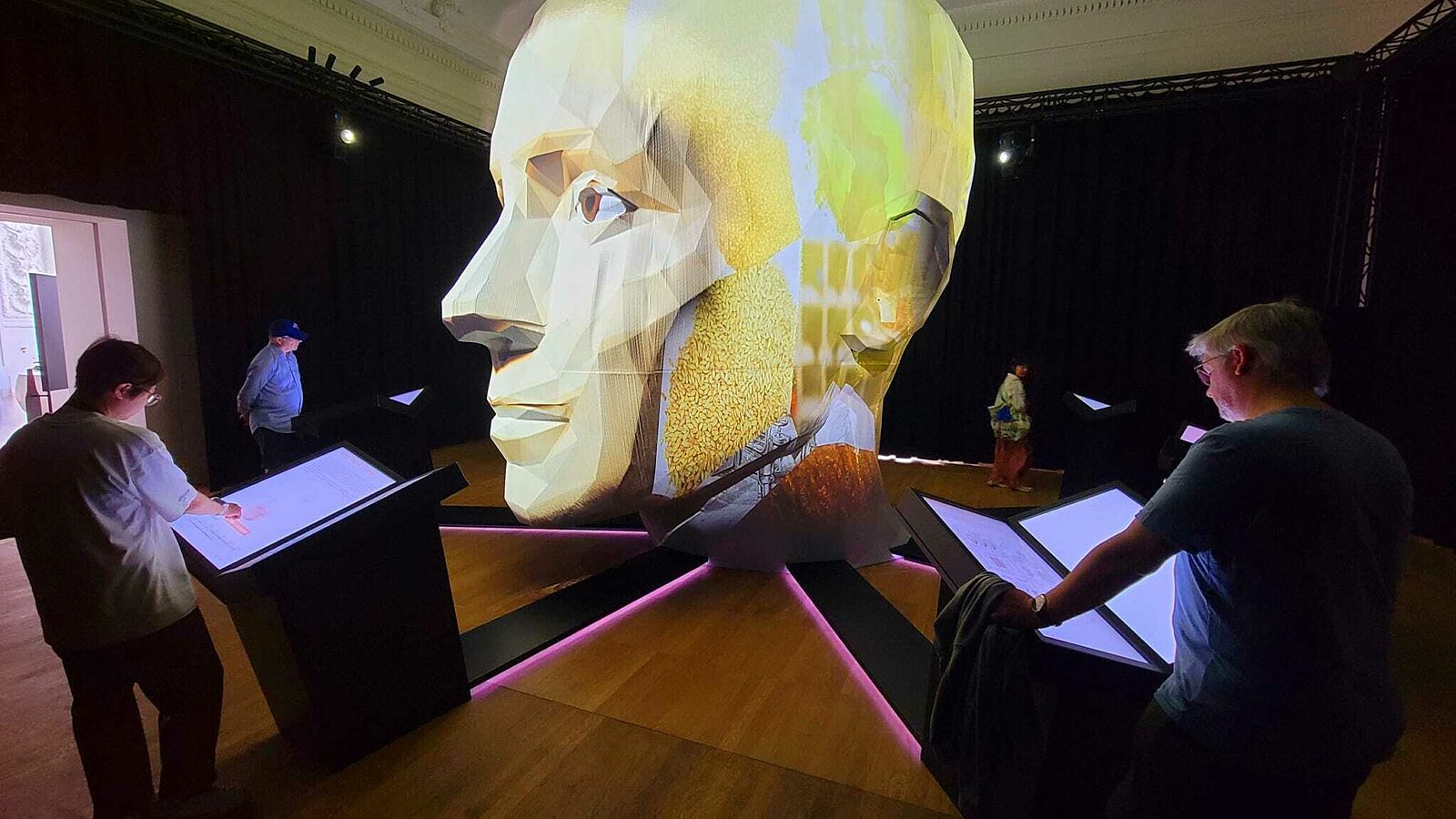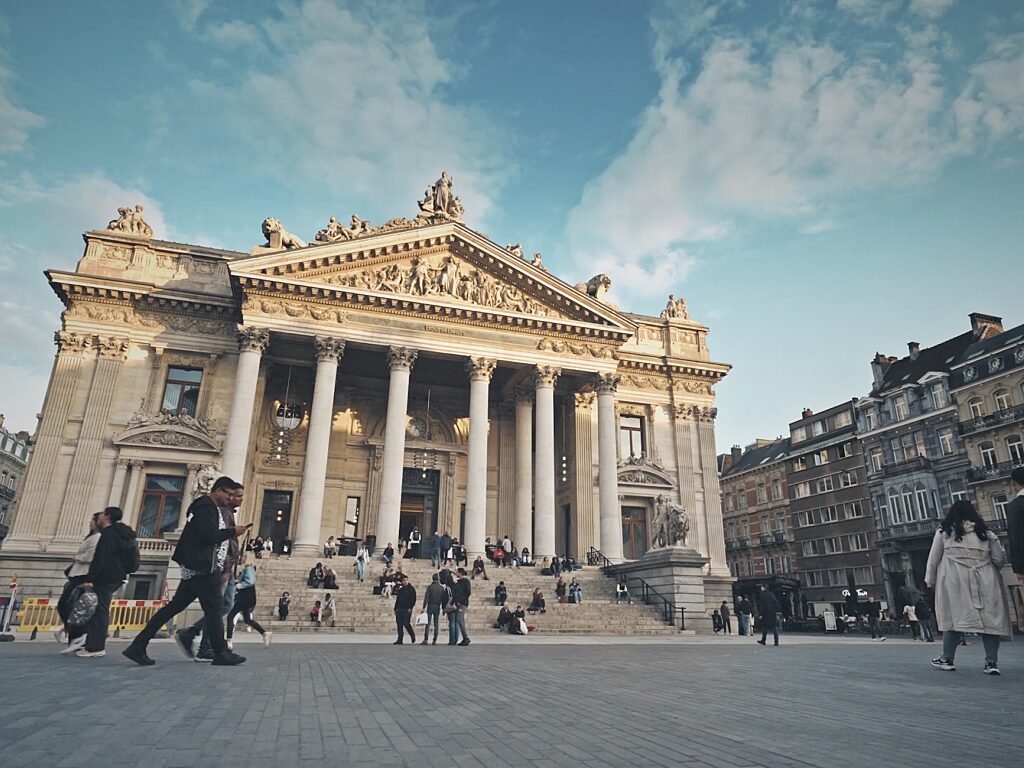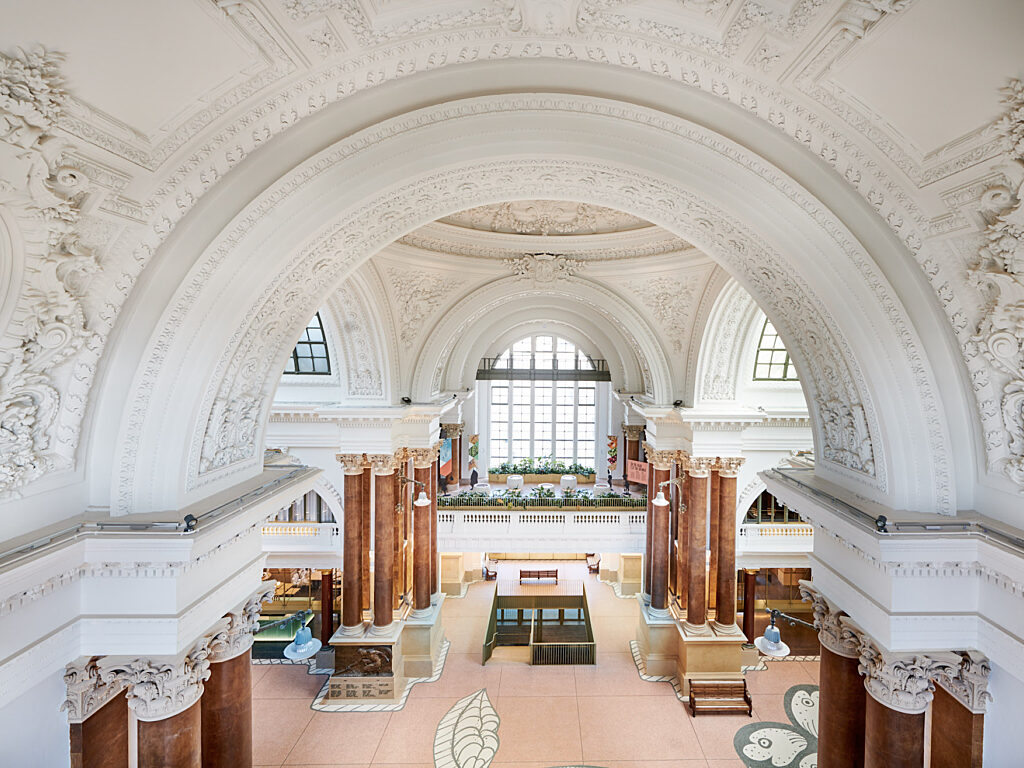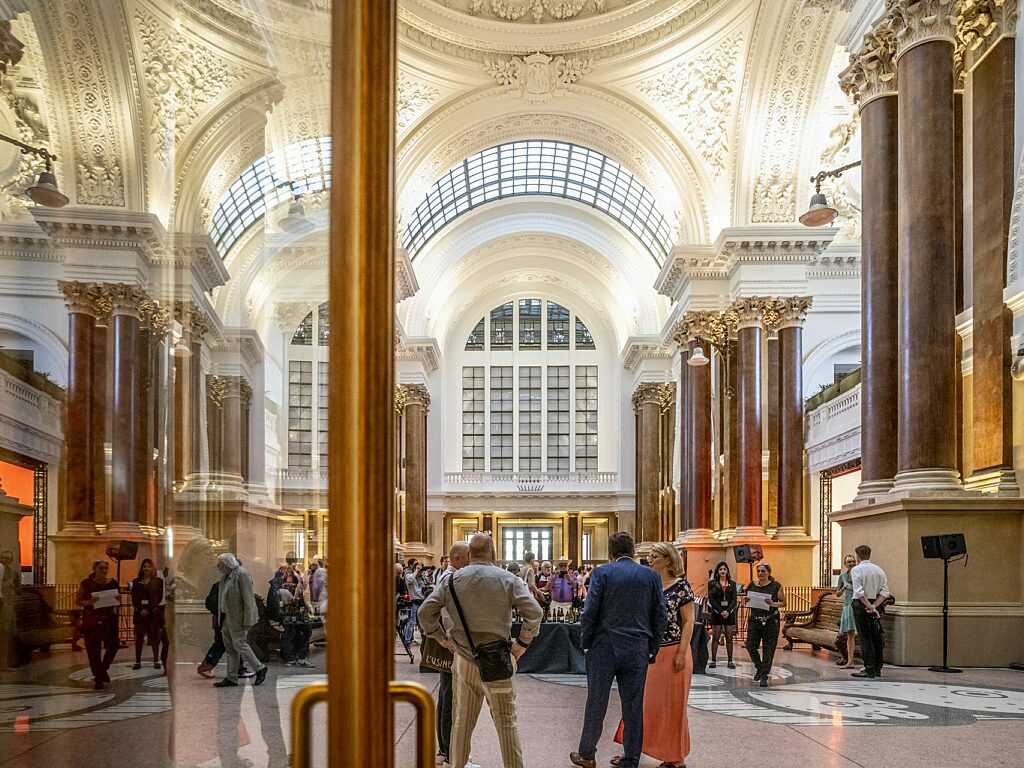It is a pattern we see again and again, and it often leads to avoidable cost, compromise and frustration. A museum’s architecture can be beautiful, but the architecture alone cannot create meaning. Visitors don’t come back because of a roofline or a staircase - they come back because of what they felt when they were there.
When interpretation designers are brought in late, much of the project budget and space planning has already been set. We have seen lighting systems specified for hundreds of thousands of pounds that later needed stripping out. We have seen exhibition spaces shaped in ways that make the story difficult to tell. At that point, the design team is forced to work around constraints that should never have existed.

Starting with the experience and working outward creates stronger results. When designers who understand visitors, narrative and interpretation lead the process, the architecture supports the story instead of constraining it. At Inverness Castle, for example, the exhibition narrative has shaped every decision about light levels, materials and visitor flow. Each gallery draws people naturally from one part of the castle to another, making the building part of the story rather than a container for it. The same thinking has guided our work in other historic settings, where the interpretation had to bring new life to existing architecture. In those projects, understanding the visitor journey from the outset ensured that the heritage fabric enhanced the experience rather than limited it.
This approach does not diminish the role of the architect - it strengthens it. When architects and exhibition designers work together from the beginning, decisions are made with full understanding of how people will move, see and feel within a space. That collaboration produces museums that are coherent and efficient to build, as well as inspiring to visit. The lighting plan suits the displays, the circulation feels natural and every part of the building has a clear purpose.




Unfortunately, procurement systems still tend to separate “building” and “experience” into different packages, as if they were unrelated disciplines. The result is often a physical space designed without a clear sense of story – and reversing that order doesn’t just save time and money, it ensures that every design choice supports the visitor journey and the client’s vision.
Museums aren’t built from blueprints - they’re built from meaning. Every story, object, and soundscape contributes to that meaning - if you begin with the narrative, the architecture will find its form naturally. Start with the building, and you risk creating a space that looks spectacular but says nothing. It’s time to flip the process and bring the museum designers in first. Let the story lead the structure - not the other way around.



